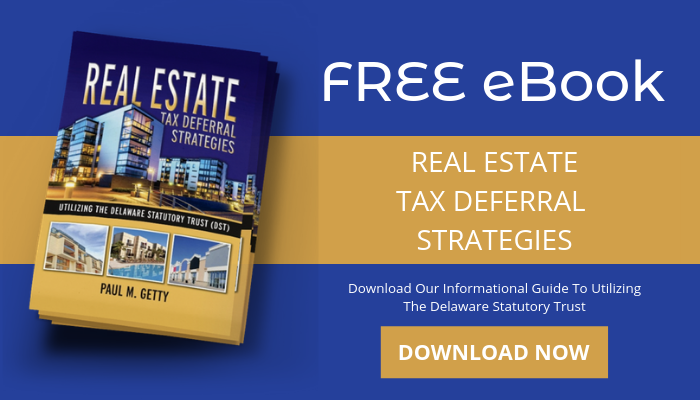For many investors, finding the “perfect” replacement property for a 1031 exchange can be a major challenge. The good news is, a 1031 Improvement Exchange (also called a Construction Exchange or a Build-to-Suit Exchange) will allow you to use some of the funds from your exchange to make improvements to your newly acquired property. If done correctly, you’ll be able to enjoy all the tax deferral benefits of a traditional 1031 Exchange while also upgrading your new property.
Improvement Exchange transactions allow for anything from simple repairs to the existing structure to a ground-up new construction. This creates the potential opportunity to construct your ideal replacement property using your exact specifications.
Improvement Exchanges: The Basics
An Improvement Exchange is done in conjunction with either a Forward Exchange or Reverse 1031 Exchange.
In a Forward Exchange, an investor would first sell the relinquished property and then identify, purchase, and make improvements to the replacement property all within the 1031 Exchange deadlines.
A Reverse Exchange allows you to first buy your replacement property and begin the improvements before your existing relinquished property. The catch here is that you may not take title to the property during the process. Instead, an Exchange Accommodation Titleholder (EAT) holds the property title until you acquire it. The improvements must be completed, and the upgraded replacement property transferred to you in conjunction with the closing of the sale of your relinquished property. Everything must also fall within the 180-day Exchange deadlines.
The EAT function is typically performed by a 1031 Qualified Intermediary or a related entity. Your EAT will hold (or “park”) legal title to your property while you are engaging in the Improvement 1031 Exchange.
Important Deadlines
The deadlines for an Improvement 1031 Exchange are the same as for a standard 1031 Exchange. You’ll have 45 calendar days to identify your replacement property and a total of 180 calendar days to complete the transaction.
Avoiding Boot
To qualify as a 1031 Exchange, the investor must acquire a “like kind” property. This means that if you give up an investment property, you must acquire qualifying real property to complete the Exchange. Note that if you purchase unimproved land with the intention to fix it up later, the exchange will not be completely tax deferred since labor and materials are not like-kind to real property.
Even if you have escrow holdbacks or pre-pay for the labor and materials, this does not get you around the rule. Both are considered “boot” and are subject to taxation. This makes it critical to ensure that all improvements will be completed with enough time to transfer the title before the 180-day period is over.
In addition, once the improvements are done, the replacement property must be worth at least as much as or more than the relinquished property. Otherwise, it will not qualify for a full 1031 exchange.
Some Final Thoughts
Since Improvement 1031 Exchanges are complex, be prepared to pay more for related exchange services relative to a traditional 1031 Exchange. You’ll want to closely review the potential capital gains tax liability and depreciation recapture to make sure the cost of the transaction is justified.
It’s also best to work with a team of highly qualified legal, tax, and financial professionals to ensure this transaction goes as smoothly as it should. If you’re interested in learning more about Improvement 1031 Exchanges and whether this strategy is right for you, contact us to schedule a no-obligation consultation.
For more information on real estate tax deferral strategies and to obtain a list of current 1031-eligible replacement properties, please contact us at 408 392-8822 or email us at info@FirstGuardianGroup.com. You can also schedule a personal consultation with Paul Getty here.
Please feel free to download our FREE ebook to learn more about real estate tax deferral strategies!
Help Save 1031 Exchanges
*The Tax Cuts and Jobs Act of 2017 allows real estate investors to fully write-off the cost of select new and used equipment, furniture, fixtures, and most land improvements in the year when the investment was made rather than requiring that the improvements be depreciated over time. This can be a powerful tool for lowering taxable income. Please consult your tax advisor to learn how you may benefit.









Your Comments :